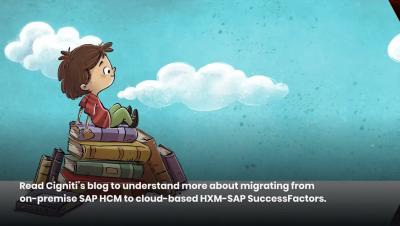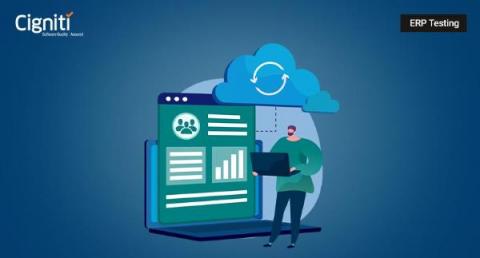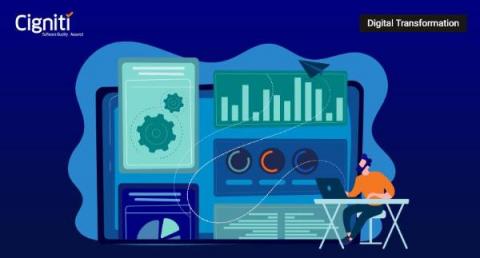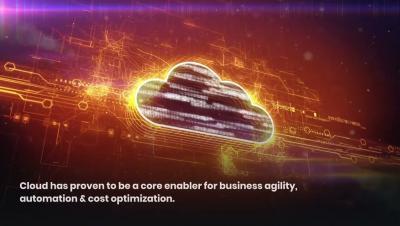Accelerate Digital Transformation by Migrating Core Banking to the Cloud
Core (Centralized Online Real-time Exchange) Banking is a system that enables a group of bank’s branches to perform transactions between accounts in different branches and share the data in real time.
















